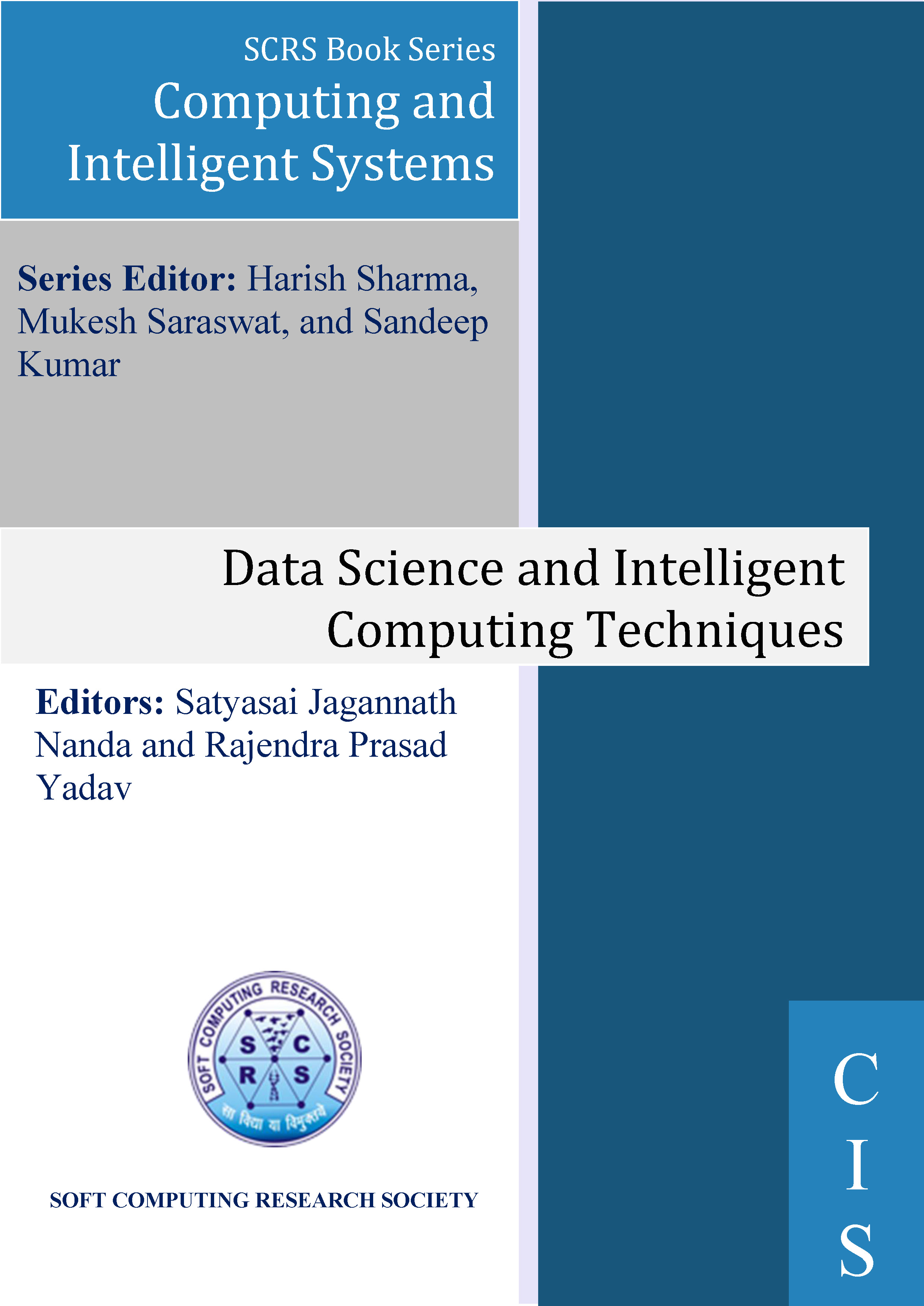
An Overview of Secure Li-Fi and Wi-Fi Hybrid Network
Authors: Charanjit Kaur and Mithilesh Kumar Dubey
Publishing Date: 09-12-2023
ISBN: 978-81-955020-2-8
Abstract
Visible light technology, also known as Light Fidelity (Li-Fi), is a sort of wireless connection that transmits data using LED lights as part of optical wireless communication technology, at a speed that could theoretically reach 224 Gbps. The findings of the study highlight how the combination of LED (Light Emitting Diode) bulbs with Li-Fi technology for Internet of Things networks and cloud applications, Since Li-Fi technology is one of the solutions suggested for the electromagnetic spectrum's saturation, the analysis that has been provided surrounding its integration with Wi-Fi enables us to comprehend the significance of the study done on this technology. The degradation of the signal caused by Wi-Fi in Wi-Fi networks due to their integration with IT makes it challenging to connect devices farther away from the access point. However, improving the overall network coverage is possible by constructing hybrid Wi-Fi and Li-Fi networks. This research presents an approach framework for data transfer using both Li-Fi and Wi-Fi technology where the data throughput, BER (Bit Error- Rate) distribution, SNR (Signal to Noise Ratio), and access points with data rate were subsequently analyzed and improved. It has also been observed that hybrid wireless communication can be accomplished significantly more quickly than Wi-Fi (Wireless Fidelity) alone by evaluating the set parameters (no LED, dimension, users, etc.).Lastly, the simulations were gathered by using NS2.
Keywords
Data rate, LIFI LED, WIFI, SNR (Signal Noise Ratio), BER (Bit Error Rate)
Cite as
Charanjit Kaur and Mithilesh Kumar Dubey, "An Overview of Secure Li-Fi and Wi-Fi Hybrid Network", In: Satyasai Jagannath Nanda and Rajendra Prasad Yadav (eds), Data Science and Intelligent Computing Techniques, SCRS, India, 2023, pp. 677-688. https://doi.org/10.56155/978-81-955020-2-8-60